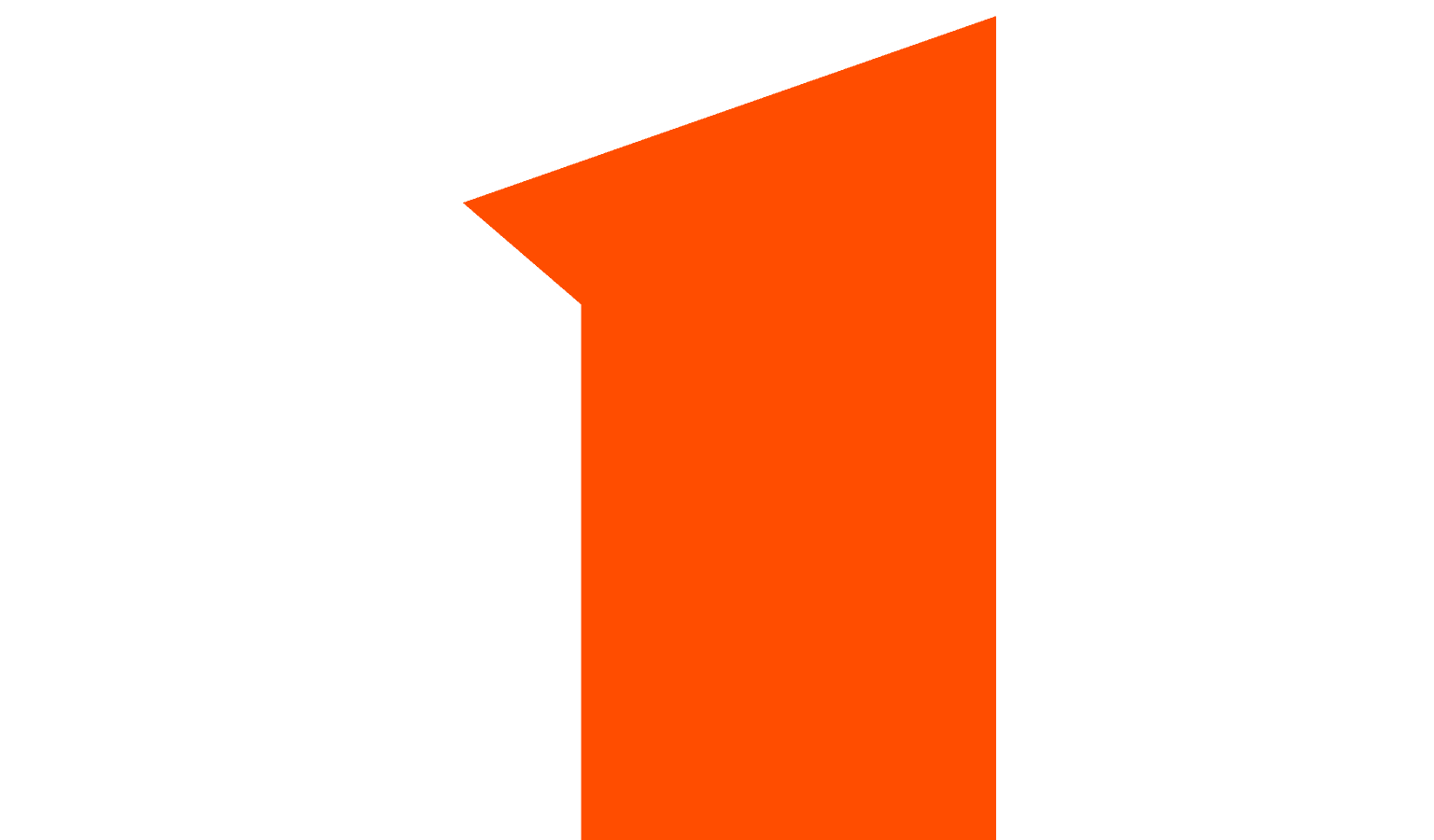President Trump Places His Early Mark on Export Controls

Key Takeaways:
- The Trump administration took several early steps affecting export control administration and enforcement. They include changing leadership at key agencies, issuing executive orders with direct and indirect impacts on export controls and making public policy statements that directly and indirectly relate to export controls. These actions are likely to reshape export control-related administration and enforcement priorities across the federal government in ways that will be important for companies to watch carefully.
- Federal agencies that oversee export control policy and enforcement have seen significant changes in personnel and policies, including what appear to be additional reviews and associated delays on the processing of licenses during a policy review. Leadership changes at key agencies such as the Departments of Commerce, State and Justice are underway, including traditional political appointee changes as well as novel changes and re-prioritization at the Department of Justice’s (DOJ) National Security Division with respect to corporate enforcement, foreign influence and corruption.
- On January 20, 2025, President Trump issued a directive establishing an “America First Trade Policy,” which instructs Commerce and State to review the United States’ export control system and report to the President with assessments and recommendations on maintaining America’s technological leadership and identifying and eliminating perceived “loopholes” in existing export controls. These changes may lead to more robust administration and enforcement of export controls, particularly in the context of activities related to the export of advanced technologies to China.
- President Trump and Congress have also undertaken changes with indirect impacts on export control policy, including a regulatory freeze pending review by newly-appointed senior officials and a recission of a major Biden administration executive order imposing obligations with respect to artificial intelligence (AI). Akin is maintaining a tracker and matrix of all new executive orders, available here.
- We anticipate more changes as the administration staffing and policies crystalize, with a likely emphasis on international trade, national security and the U.S. relationship with key countries like China, Russia and Iran.
I. Changing Leadership at Commerce, State and DOJ
Howard Lutnick has been confirmed as Secretary of Commerce, while Jeffrey Kessler has been nominated for Under Secretary for Industry and Security. Both have more experience with trade policy and tariffs than with export controls, suggesting some combination of the two in their Bureau of Industry and Security (BIS) policy leadership. Lutnick stated in his confirmation hearing that he will “empower BIS with tariffs to enforce strict policies” related to perceived threats arising from technology transfers to China and that export controls must be “backed by tariffs” to have full effect. Kessler previously served as the Assistant Secretary of Commerce for Enforcement and Compliance in the first Trump administration, where he was involved in the oversight of Section 232 tariff exclusion requests on steel and aluminum and enforcement of U.S. anti-dumping and countervailing duty laws. In addition, Landon Heid has been nominated as the Assistant Secretary of Export Administration at BIS. Heid served as a key staffer at the House Select Committee on the Strategic Competition Between the United States and the Chinese Communist Party (House Select Committee), helping shape the committee’s more stringent positions related to export controls and China, and at the Department of State on technology policy issues related to China.
The State Department is also expected to play a major role in export control policy in the new administration. Marco Rubio has been confirmed as Secretary of State; as a senator, Secretary Rubio advocated for BIS to adopt a “blanket ‘presumption of denial’ posture” for all “critical technology” products being exported to China. He introduced a bill in 2023 to require such a presumption of denial for all Chinese and Russian entities. Jacob Helberg, a technology policy expert and an advocate for stricter export control policies with respect to China, has been nominated for the position of Undersecretary for Economic Growth, Energy, and the Environment. In addition, Thomas DiNanno, an arms control expert, has been nominated as the Undersecretary for Arms Control and International Security, a position which oversees export controls and counterproliferation policy. It is likely that Helsberg and DiNanno will coordinate closely on export control policy as key decisionmakers.
At the DOJ, newly-confirmed Attorney General Pam Bondi issued a memorandum on February 5, 2025, to implement policy and priority changes; the new policy shifts resources in the National Security Division (NSD) with the stated aim of focusing on “more pressing priorities” such as immigration enforcement, human trafficking and smuggling, and organized crime and cartels. Changes will include the disbanding of the Foreign Influence Task Force and the prioritizing of “civil enforcement, regulatory initiatives, and public guidance” over the use of criminal charges with respect to the Foreign Agents Registration Act (FARA). Bondi also disbanded the NSD’s Corporate Enforcement Unit. In accordance with these changes, top prosecutors at NSD have been reassigned. Devin DeBacker, who served in DOJ’s Office of Legal Counsel under the first Trump administration, served as acting head of the NSD until he was removed from that position on February 10.
II. The America First Trade Policy Memorandum
The Trump administration has indicated that export controls will be part of its overall America First Trade Policy, with a likely focus on China.
The Inauguration Day order setting out the America First Trade Policy contains a provision calling for a Commerce/State review of the U.S. export control system and a related report to be submitted to the President by April 1, 2025. The Departments of State and Commerce are instructed to make recommendations on “how to maintain, obtain, and enhance our Nation’s technological edge and how to identify and eliminate loopholes in existing export controls,” with an emphasis on gaps that “enable the transfer of strategic goods, software, services, and technology to countries to strategic rivals and their proxies.” The order also institutes a review of enforcement-related activities, including “enforcement mechanisms to incentivize compliance by foreign countries, including appropriate trade and national security measures.”
As of February 5, 2025, reporting indicates that BIS and other agencies have implemented additional levels of review for license applications. In the immediate term, this has resulted in licensing delays, but it may result in different review policies, processes and determinations in the long term. Our understanding is that the first recommendations issued as a result of this review will likely focus on technology exported to China, including advanced computing semiconductors.
III. Executive & Congressional Action Affecting Export Control Agencies Generally
On January 20, 2025, President Trump also issued a variety of additional Executive Orders (EOs) with potential impacts on export control policy and administration:
- The Regulatory Freeze Pending Review EO requires review of all rules by the new department or agency head, or their delegate, before the rule can be proposed or issued; the withdrawal of certain recent rules; and potential postponement of the effective dates of other recent rules. This policy review may impact several export control rules released in December and January, including the December ITAR USML clean up rule change, since its effective date is not until September 15, 2025. However, the delayed compliance dates for the January BIS rules would not be directly impacted, as the EO Memorandum refers only to potential postponement of “effective dates,” not “compliance dates,” after January 20.
- The National Security Presidential Memorandum (NSPM-1) lays out the framework for how the National Security Council (NSC) will be organized under the new administration, with some key changes from the NSC’s organization during the Biden administration. These changes include the merging of the NSC with the Homeland Security Council on certain issues; allowing more discretion with respect to which personnel attend policy meetings; and a structured process for the escalation of decisions within the NSC architecture.
- The Federal Hiring Freeze EO halts the hiring of any civilian personnel for vacant or new roles, although it excludes “positions related to… national security” and allows for exceptions issued by the Office of Personnel Management (OPM).
- President Trump also issued an EO to terminate remote work for all executive branch departments and agencies.
A further EO from January 20 rescinded various EOs issued by President Biden, including the 2023 EO on Safe, Secure, and Trustworthy Development and Use of Artificial Intelligence which imposed certain AI-related obligations on industry. This recission does not itself affect the recent BIS export control rule on AI diffusion, but suggests that future changes in the AI context may be forthcoming as the Administration develops an “action plan,” as identified in the recent AI-focused EO, Removing Barriers To American Leadership In Artificial Intelligence, and in the associated Request for Information from interested parties by the White House Office of Science and Technology Policy.
In Congress, the House Select Committee recently issued a letter to National Security Advisor Waltz in the wake of “DeepSeek” Chinese AI developments, urging tighter controls on chips and greater restrictions on U.S. purchase and use of Chinese AI products.
IV. Key Topics to Monitor in 2025
We expect continuing changes on a variety of key topics in the export control context, including:
- The appointment of personnel who may have more a more stringent export control policy approach to China than the Biden administration;
- The implementation of a more “transactional” approach to decision making, wherein regulatory or policy decisions may be the subject of bilateral negotiations with other countries, rather than focusing on multilateral or plurilateral efforts, and such negotiations may address other topics beyond export controls, such as tariffs and other topics;
- Possible changes to the export controls on AI capacity and related semiconductors introduced during the Biden administration;
- The potential departure of a significant number of career personnel in Commerce, State, DOJ and other agencies, which may introduce uncertainty as to whether/how certain informal interpretations and processes will be maintained; and
- Redefining concepts like national security, AI and data security.
Companies must continue to monitor this very active space, ensuring flexible approaches to exports and related compliance programming to accommodate these recent, ongoing, and anticipated upcoming changes.








